A Tokyo home’s mysterious, brutalist façade hides a secret urban retreat
Designed by Apollo Architects, Tokyo home Stealth House evokes the feeling of a secluded resort, packaged up neatly into a private residence
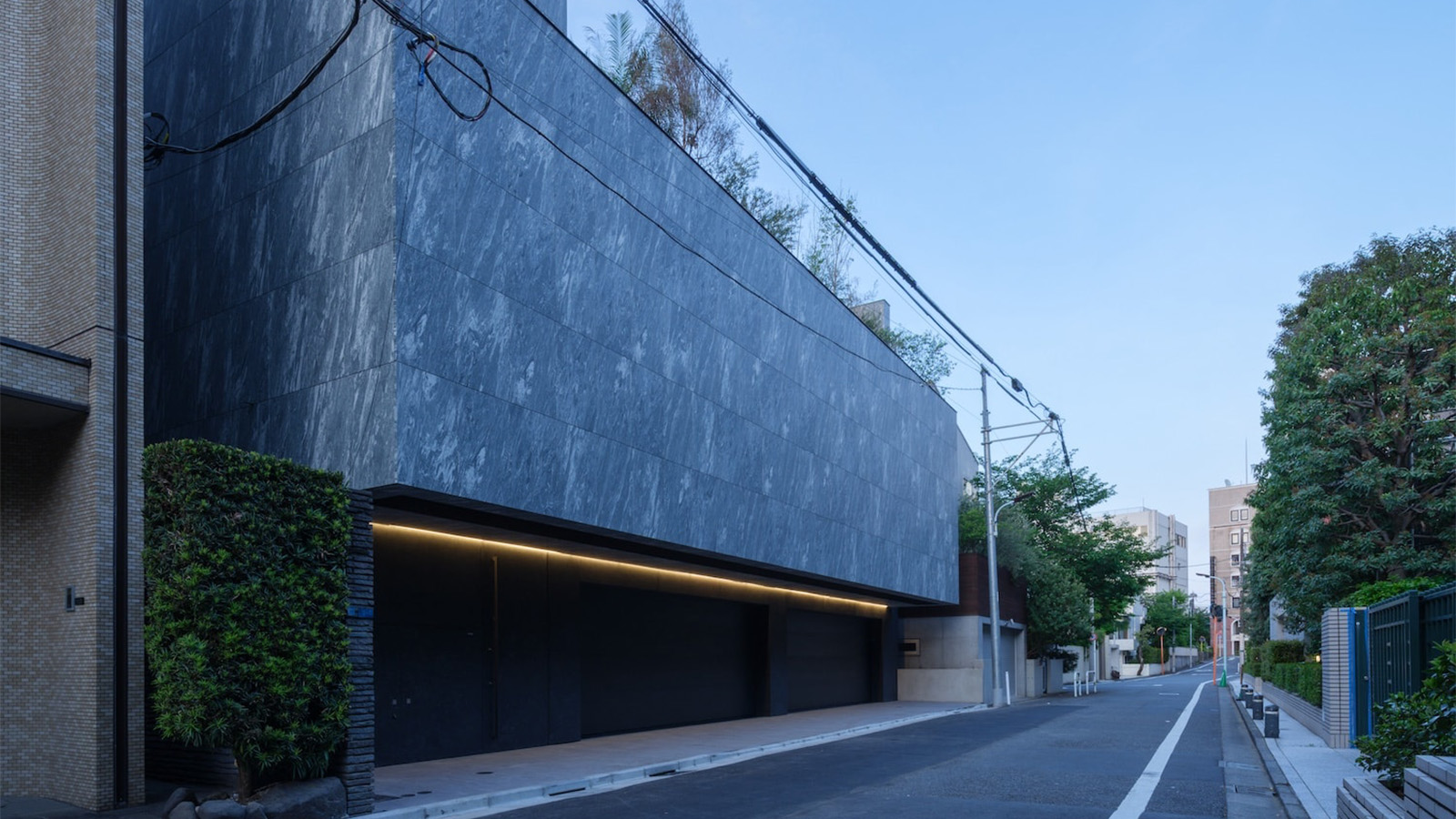
This Tokyo home sits mysteriously behind a monolithic concrete façade, designed to hide a secret urban retreat. The new project, designed by Apollo Architects and aptly named ‘Stealth’. For all the boldness of its brutalist architecture exterior, inside, the house's Japanese minimalism and refined materiality make for a truly elevated, yet discreet private residence.
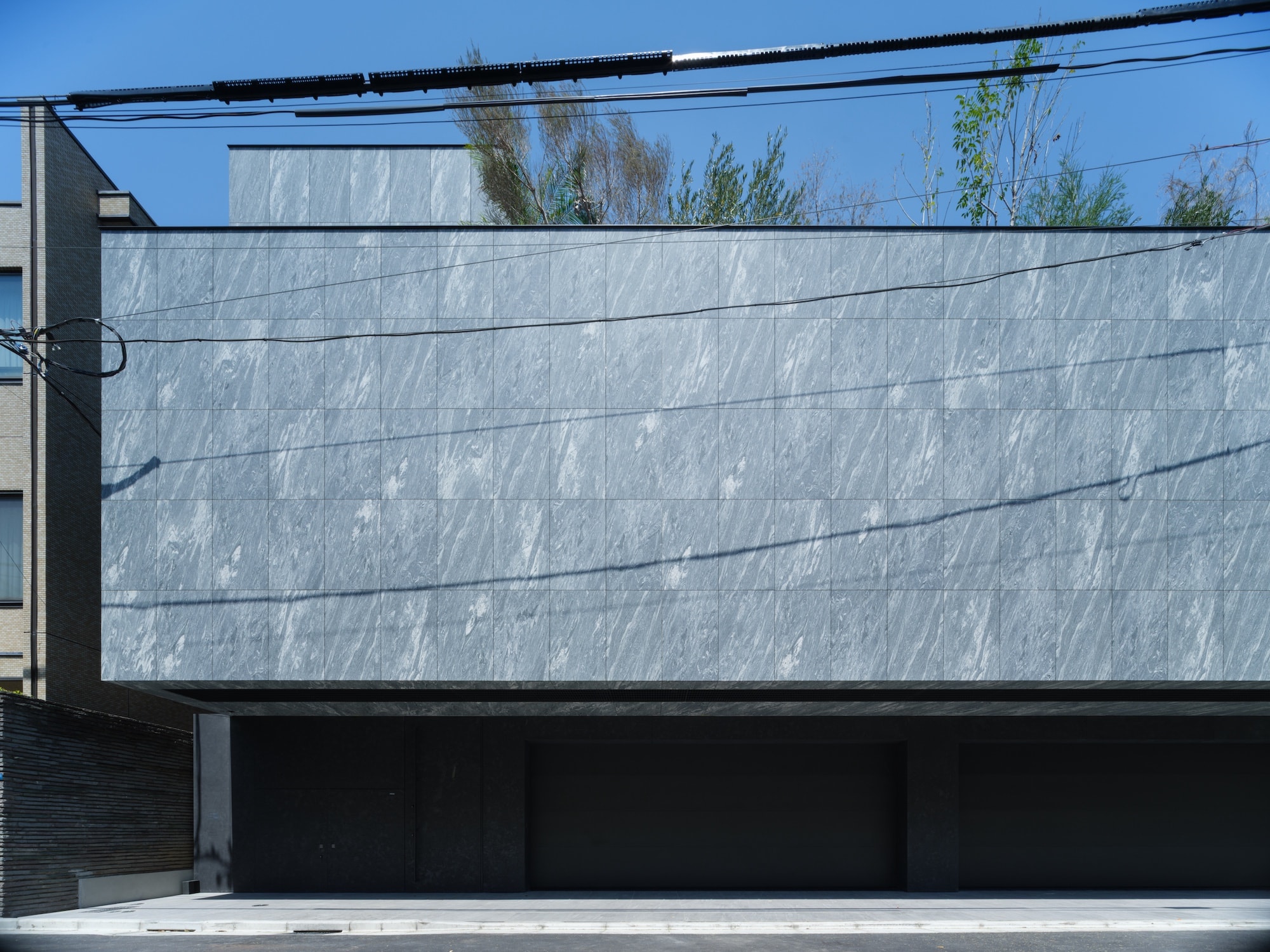
Tour this mysterious Tokyo home
‘True to the title, the initial inspiration was to create an urban hideaway where one can relax discreetly,’ says Satoshi Kurosaki, founder of Apollo Architects. ‘To ensure comfortable living amid [a busy lifestyle], the client requested an infinity pool and terrace adjoining the family living area; and an eight-car-sized built-in car lounge. However, the design had to conceal these features from the exterior at first glance.’
To respond to the wishlist, the closed-off façade prioritises security and privacy, while the interior opens up to reveal an urban villa with expansive views.
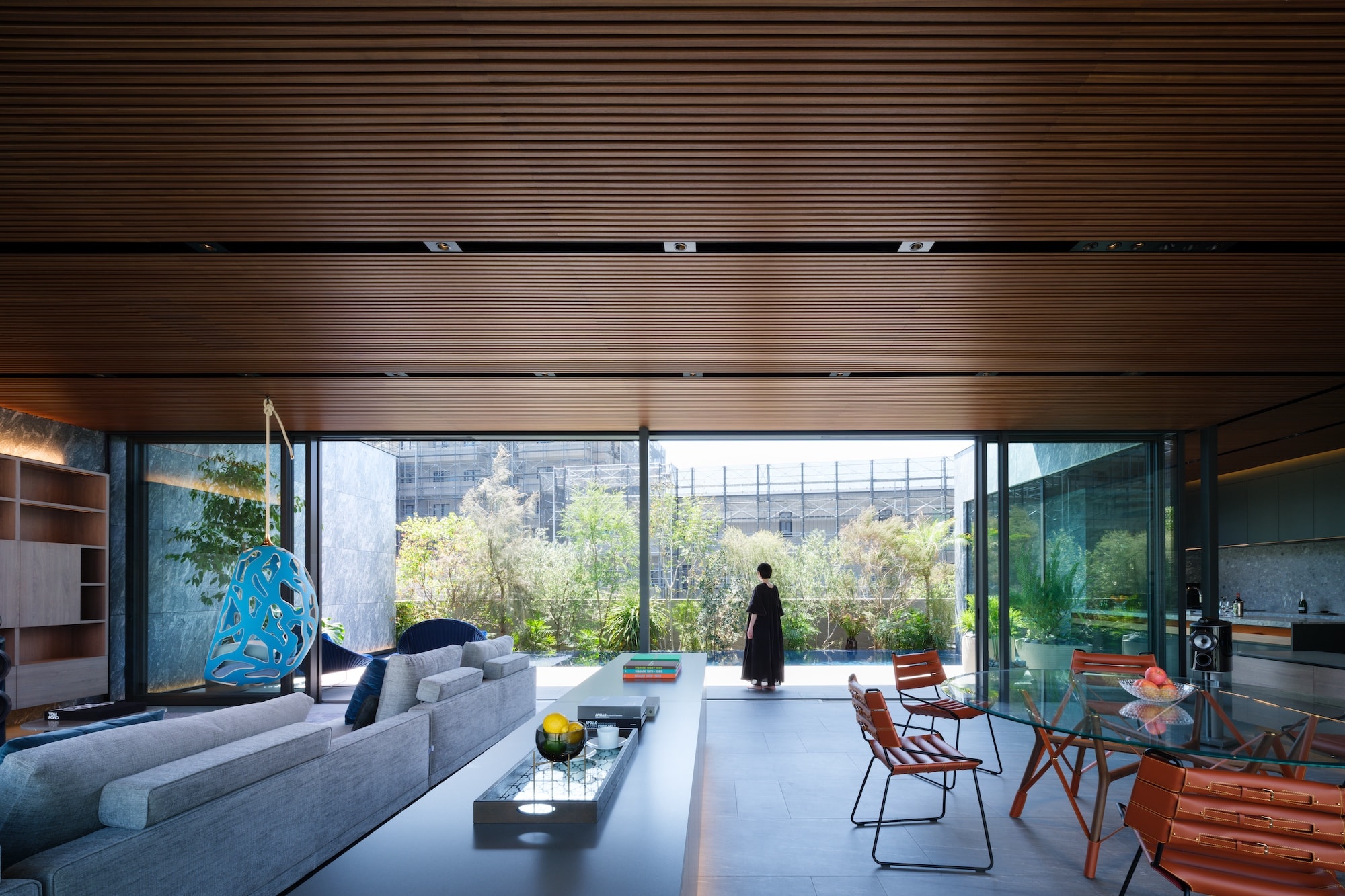
The top level, which extends out to a pool and terrace
Challenges included overcoming ‘stringent urban regulations such as height restrictions’, and the size of that garage. ‘To accommodate eight parking spaces,’ says Kurosaki, ‘we created an unusually large garage by installing only the minimum-diameter steel bars [as structural supports] – a feat typically difficult to accomplish.’
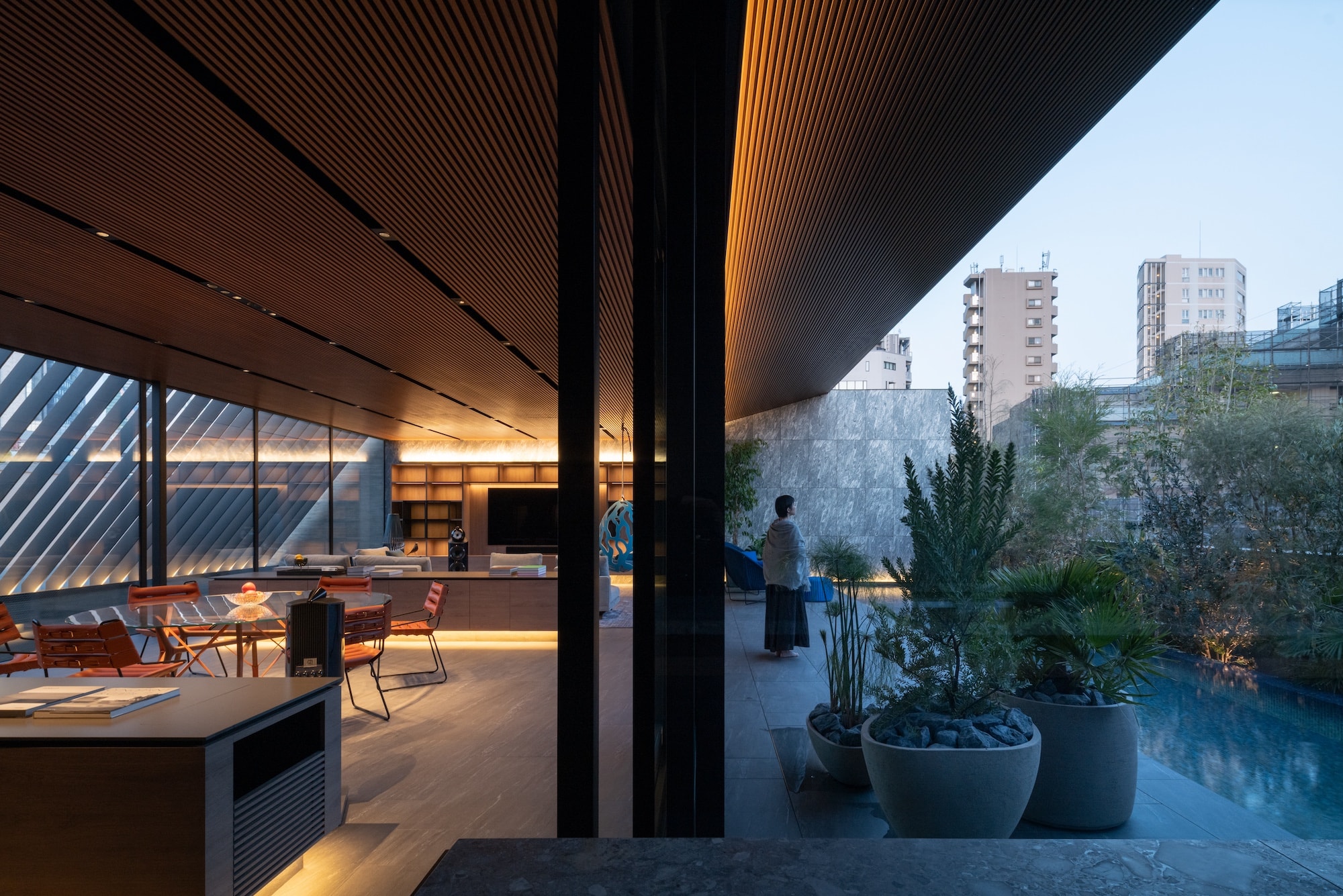
The pool area and, left, brise-soleil that offer shade and privacy
Upon entering the property, visitors are greeted by the generous garage, showcasing the client’s impressive car collection. An open-tread staircase beyond the double-height entrance hall provides access to the upper and lower floors.
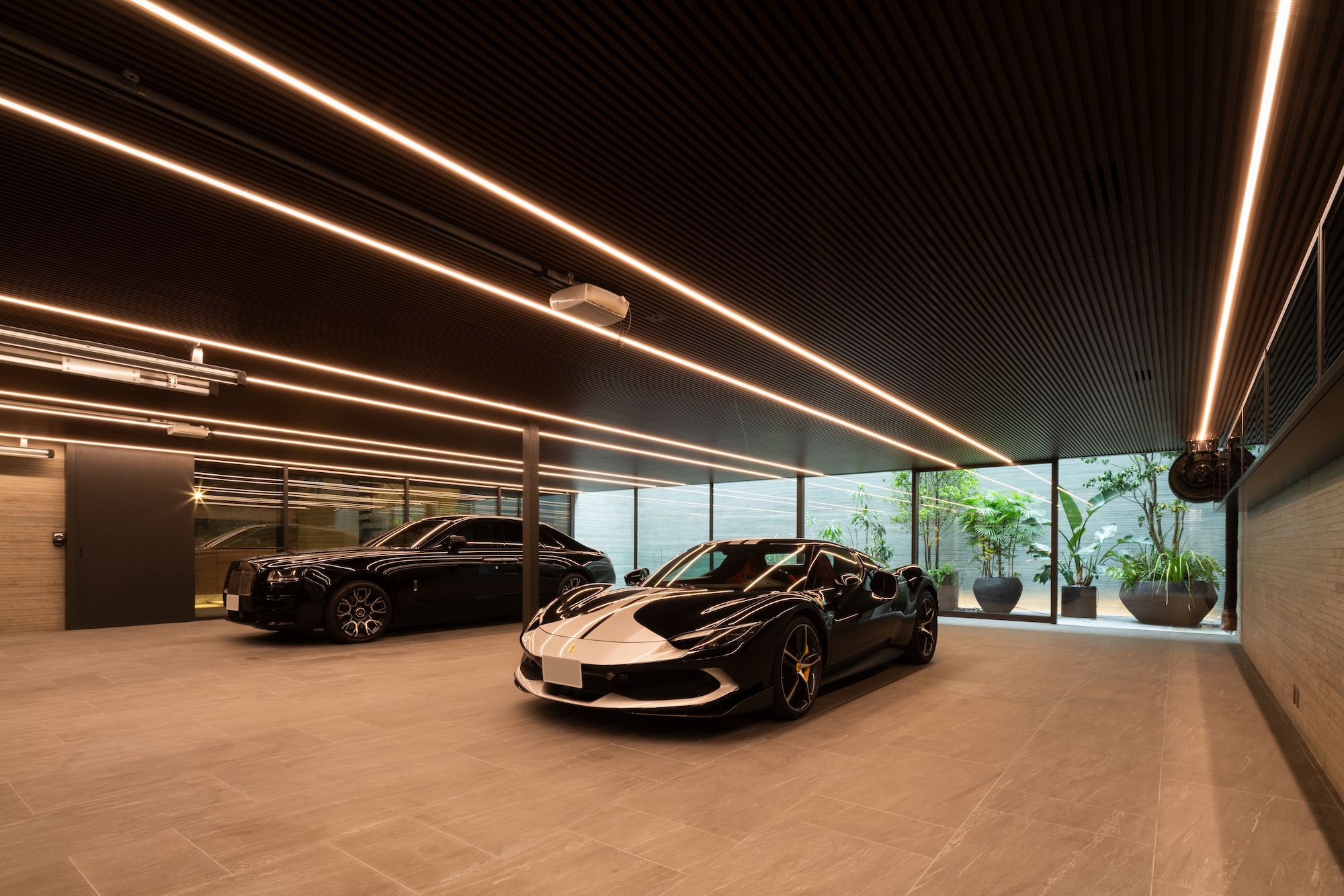
The garage / ‘car lounge’
In the basement, there is a gym, a golf room and space for karaoke, all of which are filled with natural light from a sunken courtyard. The second floor of the residence hosts private bedrooms. The primary suite connects to a walk-in wardrobe and a family bathroom. From the study, a glass wall offers a view down into the entrance hall.
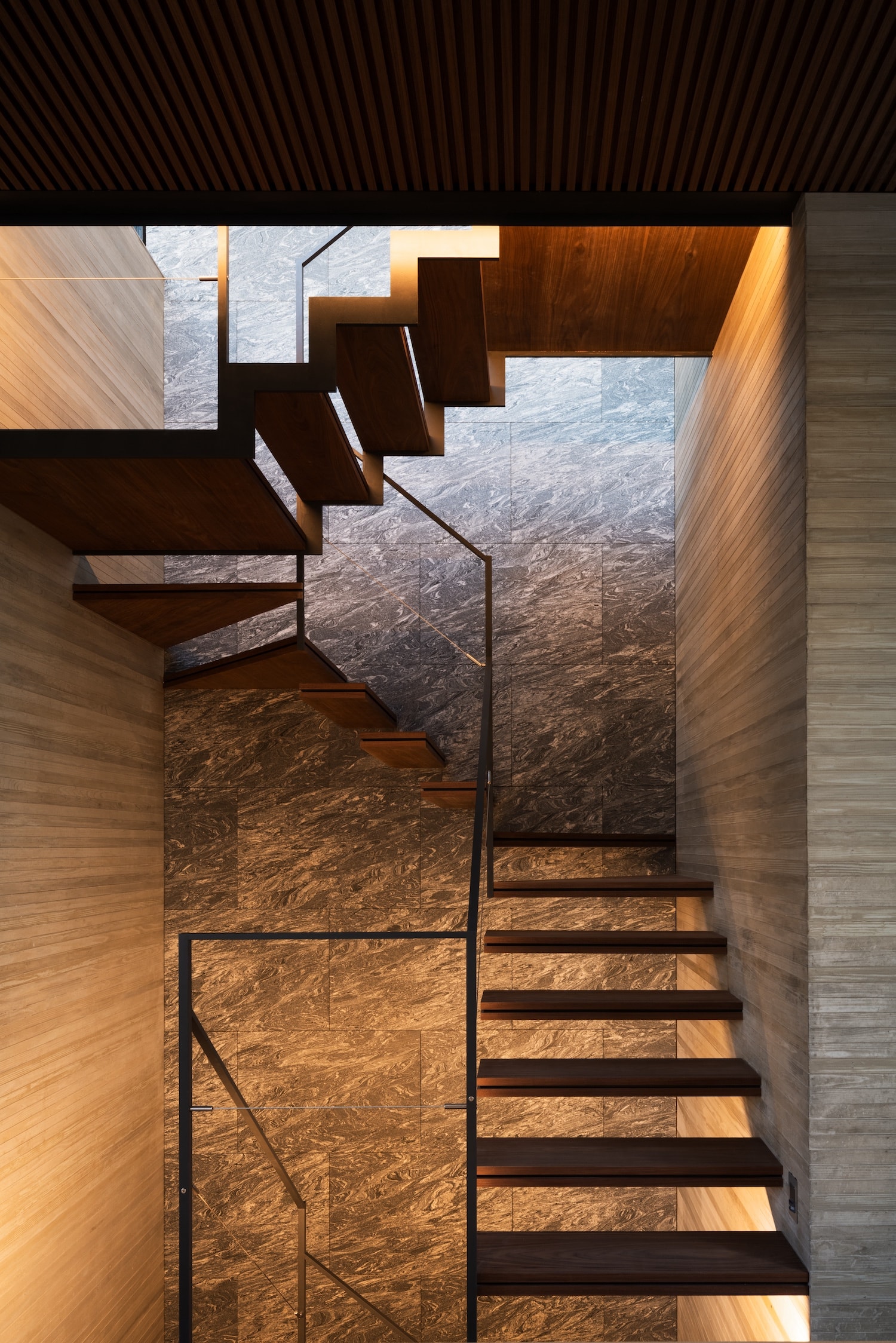
The stairway that leads from the entrance to the upper floors
Kurosaki says: ‘The visitor's anticipation begins in the double-height entrance hall and the car museum-like garage.’ There follows the soothing space of the private rooms and bathrooms on the second floor, and then, ‘the top floor offers an exciting escape from the ordinary – a resort hotel-like space with a spacious terrace and pool. Here, I hope they can savour the feeling of a hideaway or retreat.’
Receive our daily digest of inspiration, escapism and design stories from around the world direct to your inbox.
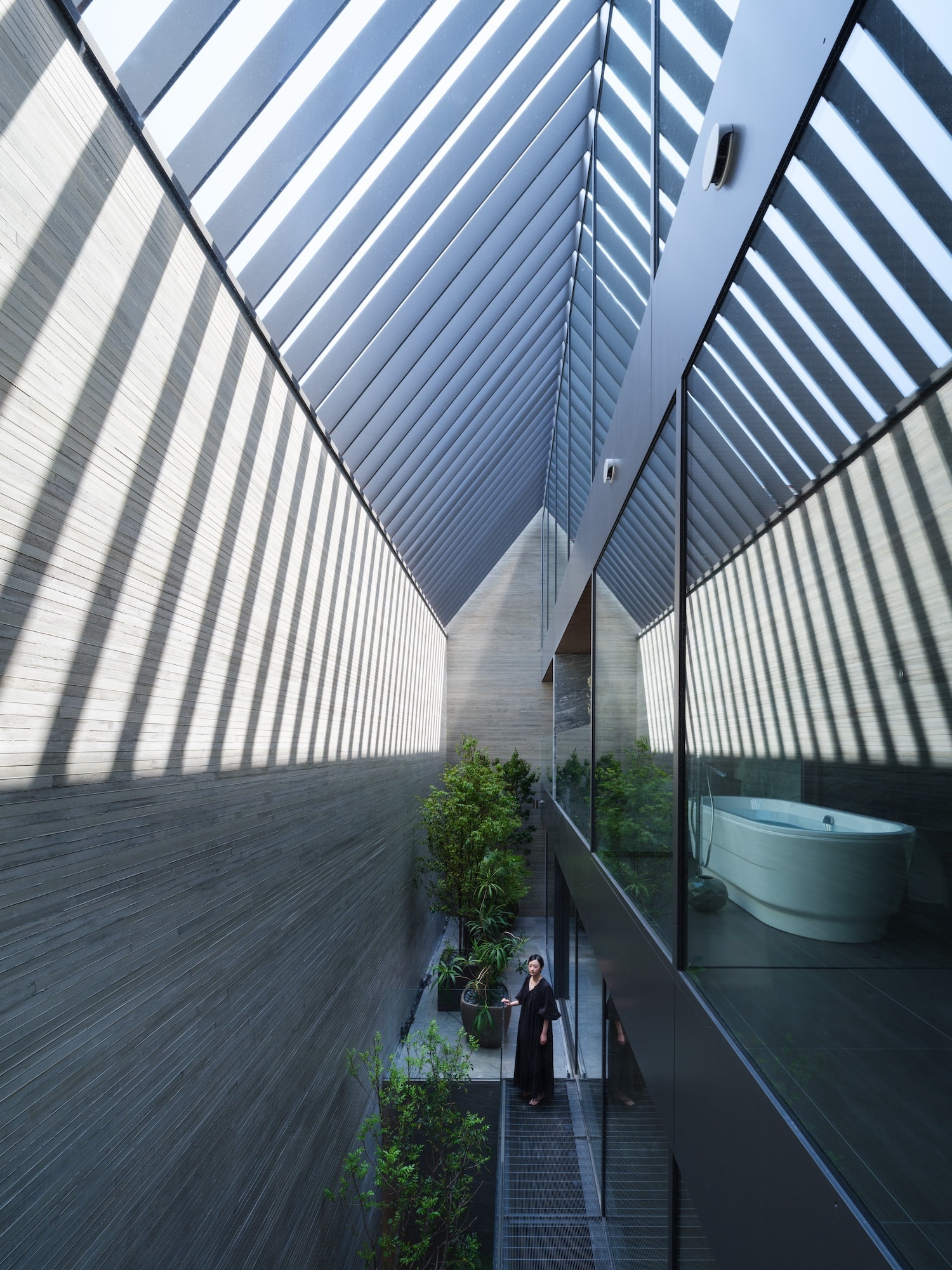
The play of light and shadow from the brise-soleils
The louvres positioned at the top of a double-height space are the architect's favourite feature. He says: ‘[They cast] beautiful patterns of light and shadow onto the north wall, [taking] changing forms throughout the day.
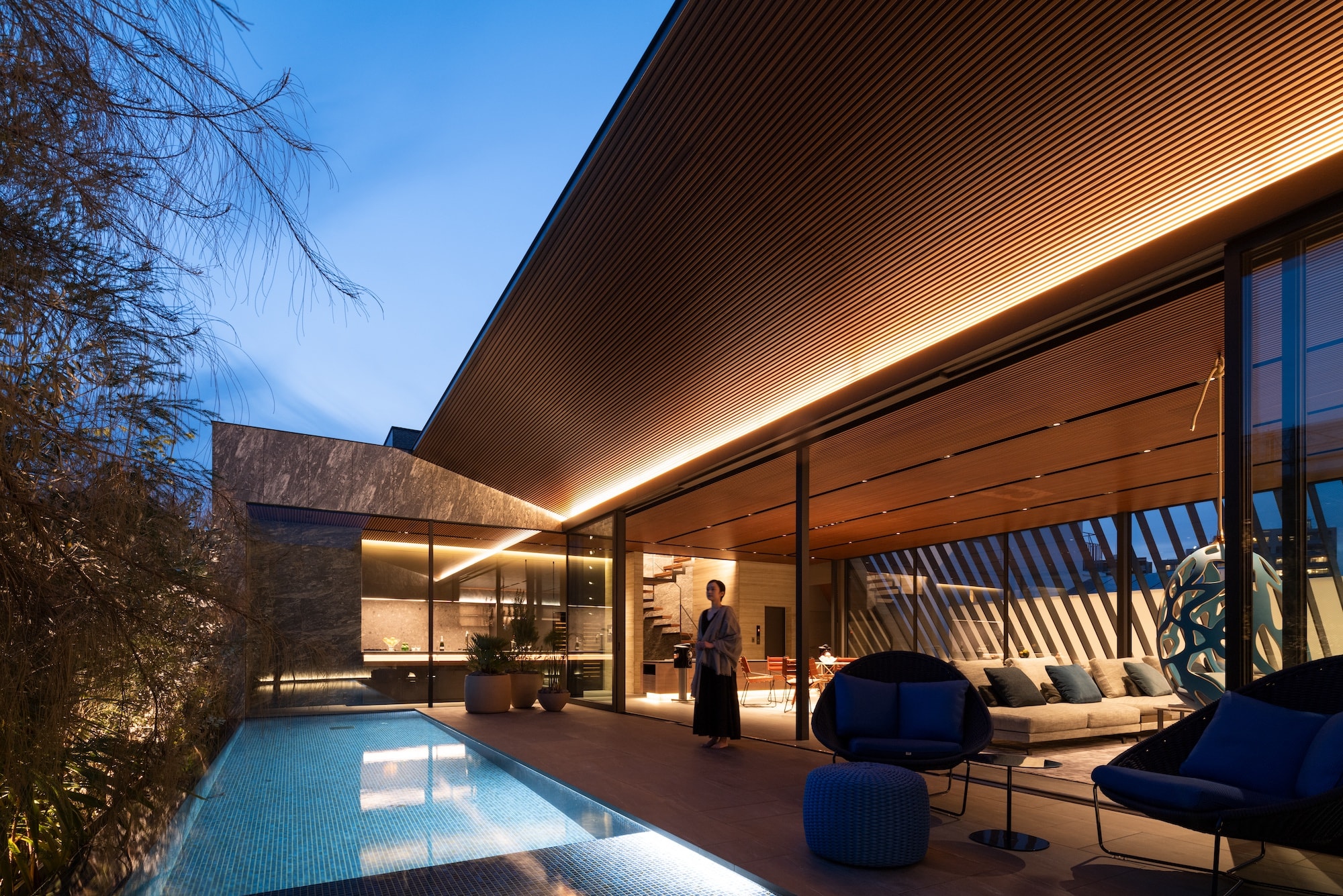
The top level
'The shadows and light that emerge depending on the weather lend the architecture diverse expressions while also imparting a sense of wonder to its inhabitants, as if the building itself were breathing like a living creature.'
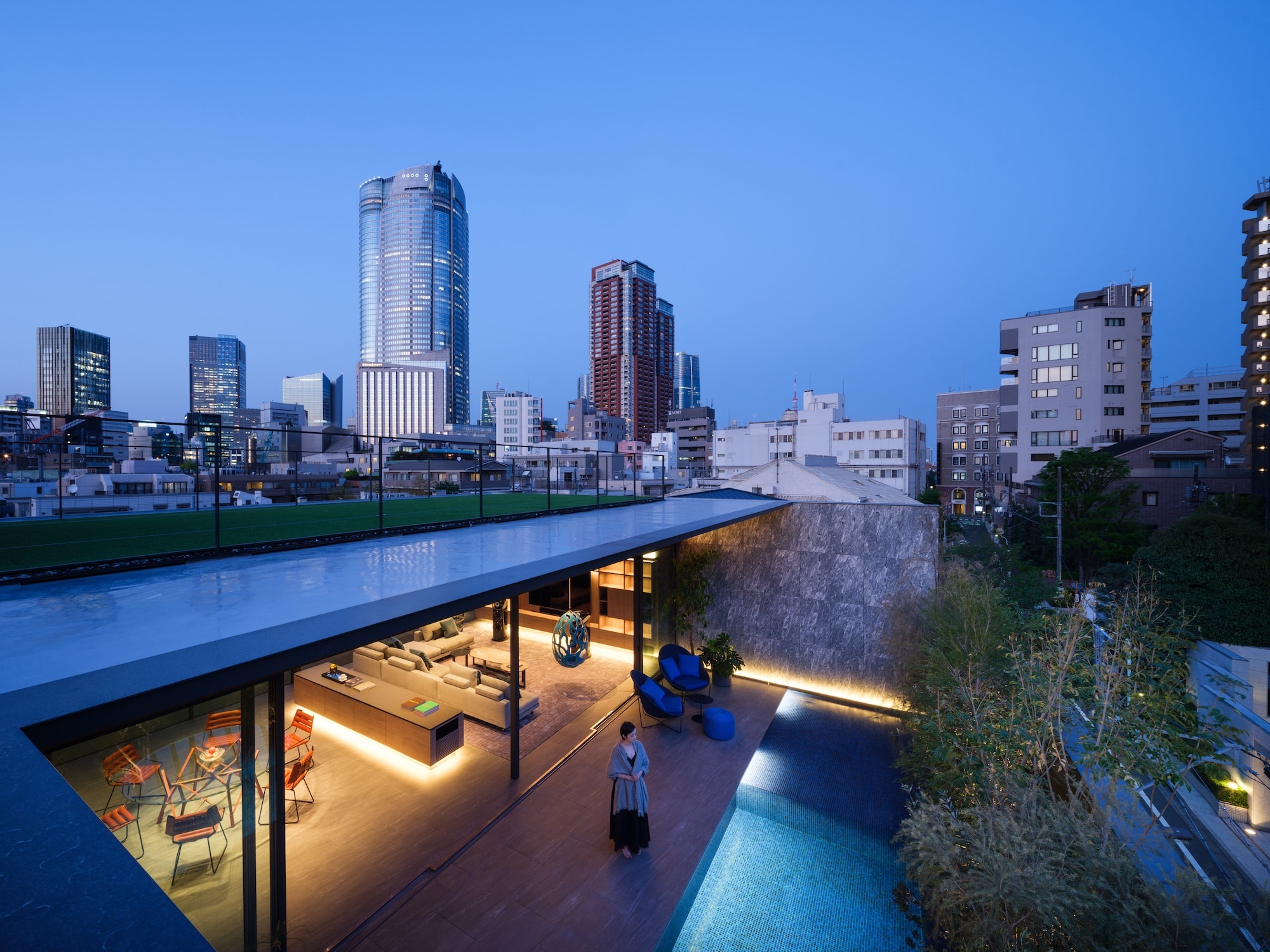
Tianna Williams is Wallpaper’s staff writer. When she isn’t writing extensively across varying content pillars, ranging from design and architecture to travel and art, she also helps put together the daily newsletter. She enjoys speaking to emerging artists, designers and architects, writing about gorgeously designed houses and restaurants, and day-dreaming about her next travel destination.
-
 Hyundai is the latest car company to get into robotics: meet the Mobile Eccentric Droid
Hyundai is the latest car company to get into robotics: meet the Mobile Eccentric DroidThe MobED is a new product from Hyundai’s Robotics LAB, pitched at last-mile delivery and industrial applications
-
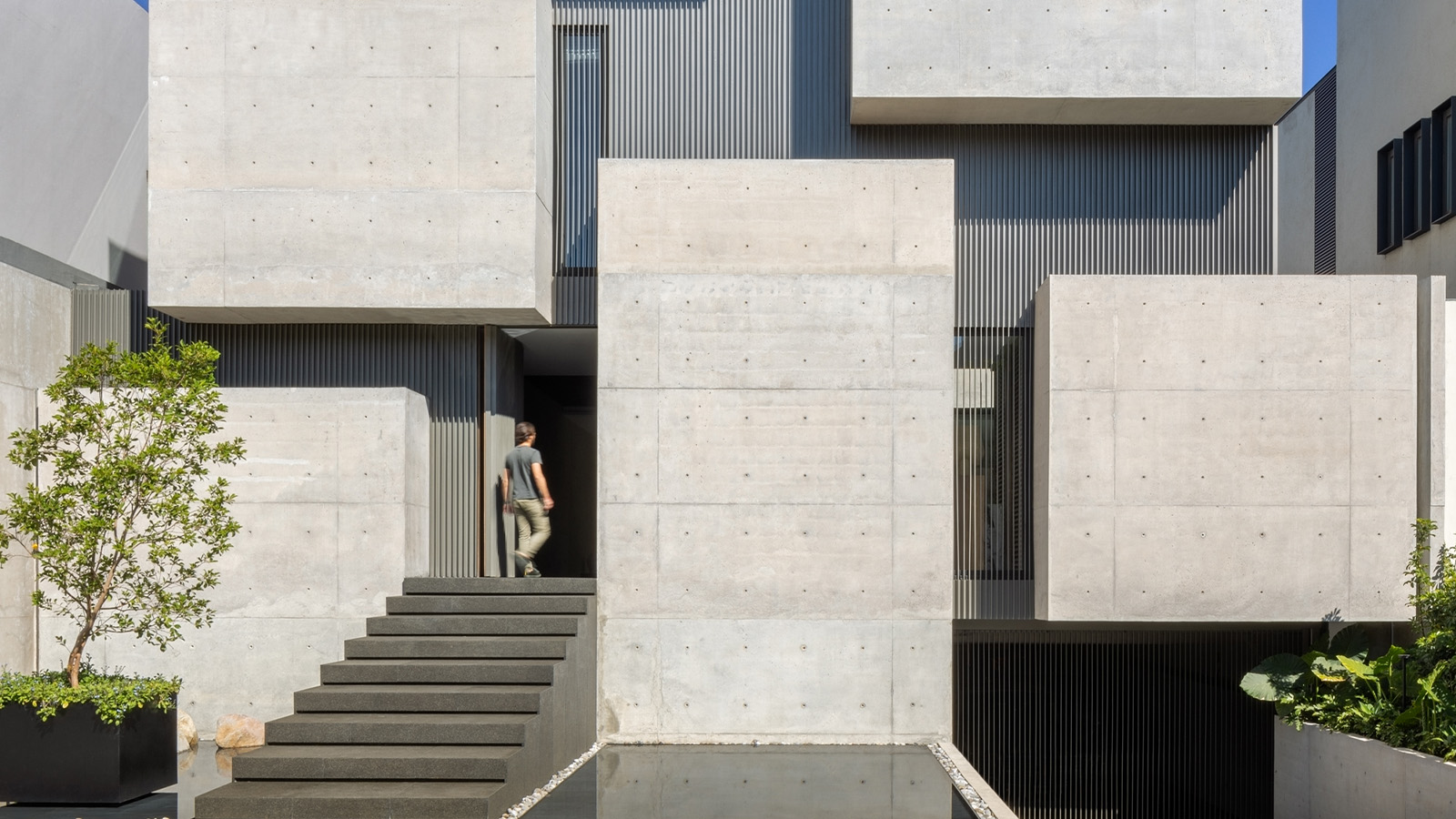 A cubist house rises in Mexico City, its concrete volumes providing a bold urban refuge
A cubist house rises in Mexico City, its concrete volumes providing a bold urban refugeCasa Ailes, a cubist house by Jaime Guzmán Creative Group, is rich in architectural expression that mimics the dramatic and inviting nature of a museum
-
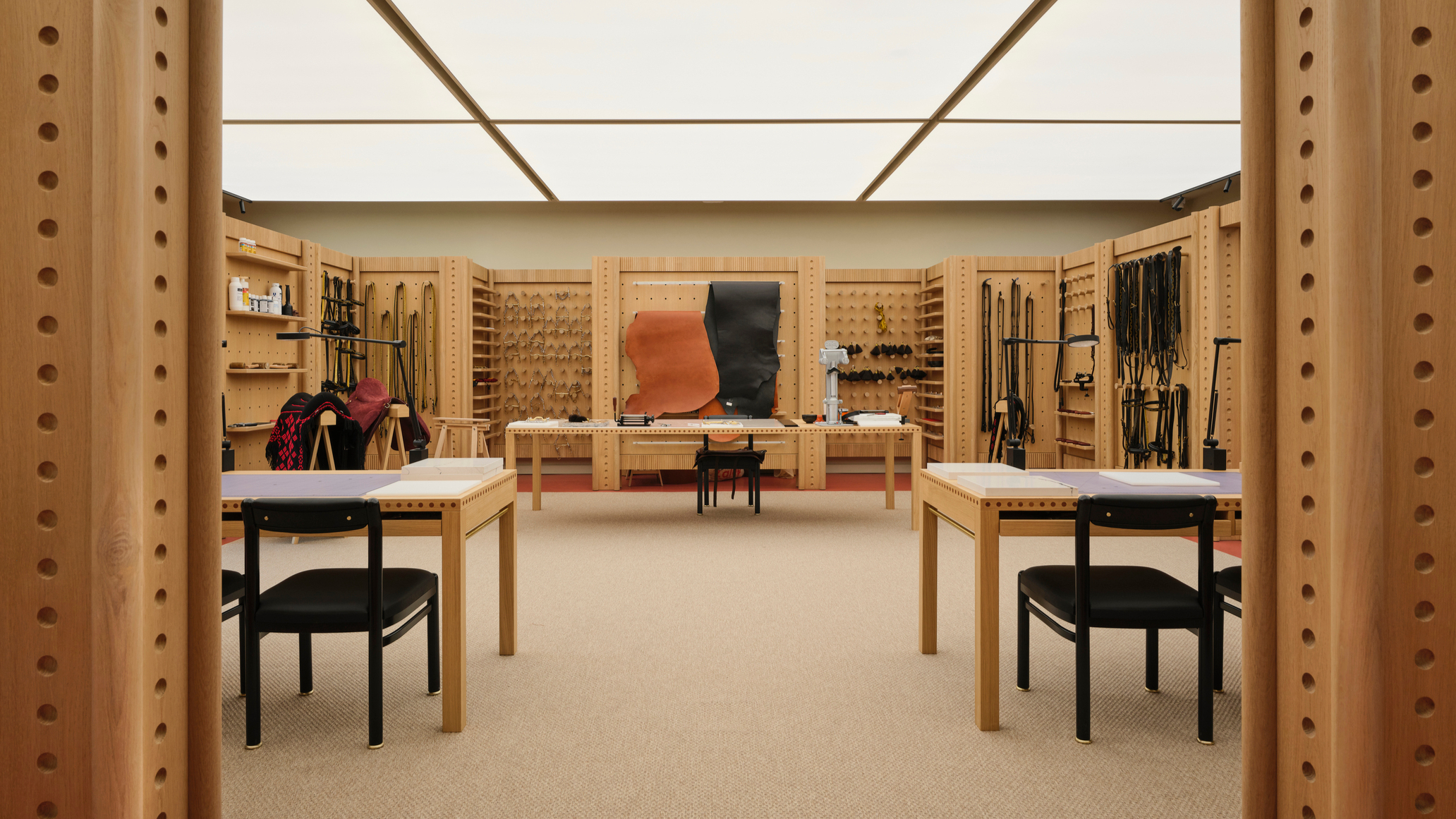 David/Nicolas raise contemporary craft to a canter at this new Abu Dhabi riding school
David/Nicolas raise contemporary craft to a canter at this new Abu Dhabi riding schoolThe Lebanese design duo draw on Emirati equestrian heritage to create two contemporary spaces for ADREA, a new school of classical horsemanship
-
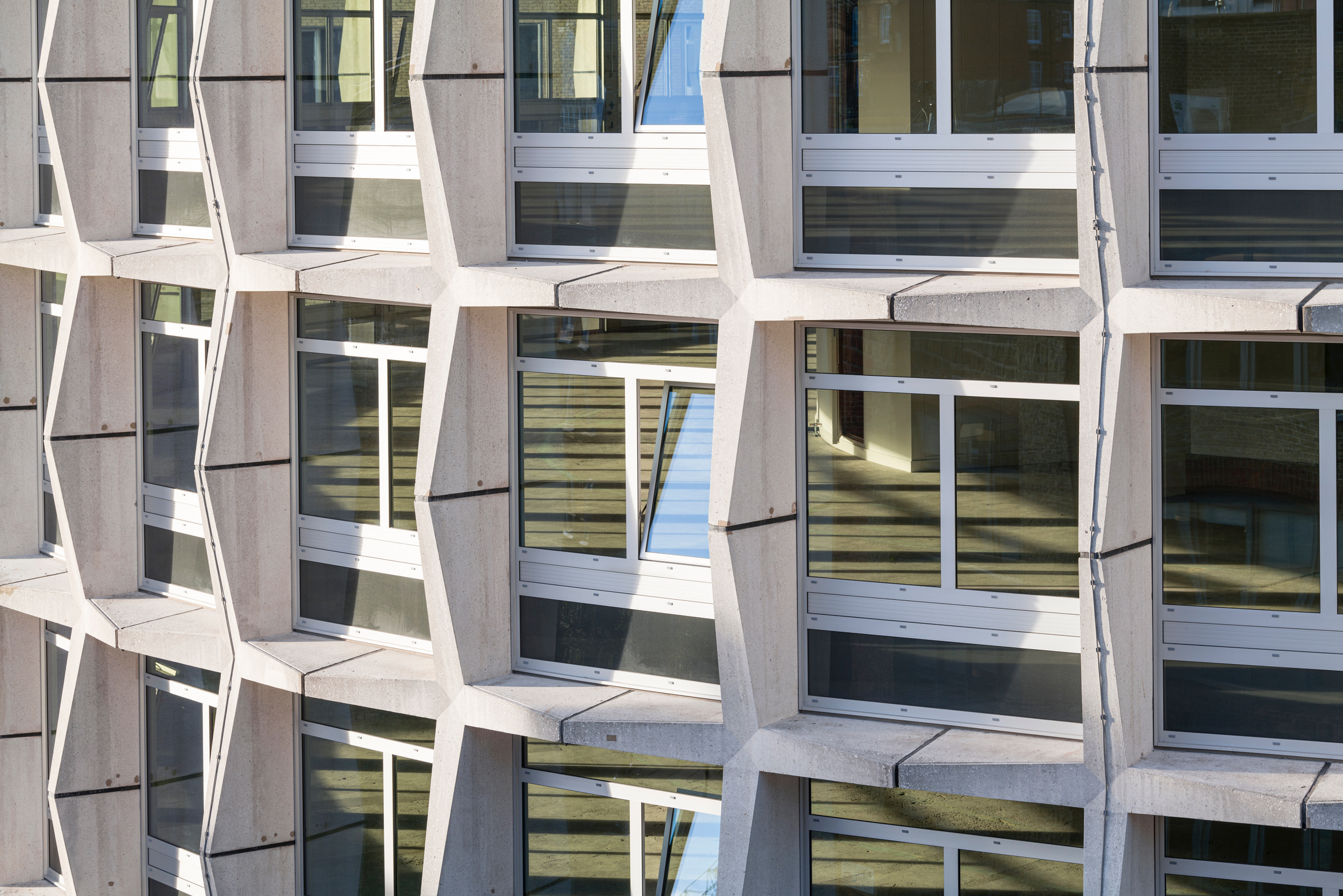 Richard Seifert's London: 'Urban, modern and bombastically brutalist'
Richard Seifert's London: 'Urban, modern and bombastically brutalist'London is full of Richard Seifert buildings, sprinkled with the 20th-century architect's magic and uncompromising style; here, we explore his prolific and, at times, controversial career
-
 The Architecture Edit: Wallpaper’s houses of the month
The Architecture Edit: Wallpaper’s houses of the monthFrom Malibu beach pads to cosy cabins blanketed in snow, Wallpaper* has featured some incredible homes this month. We profile our favourites below
-
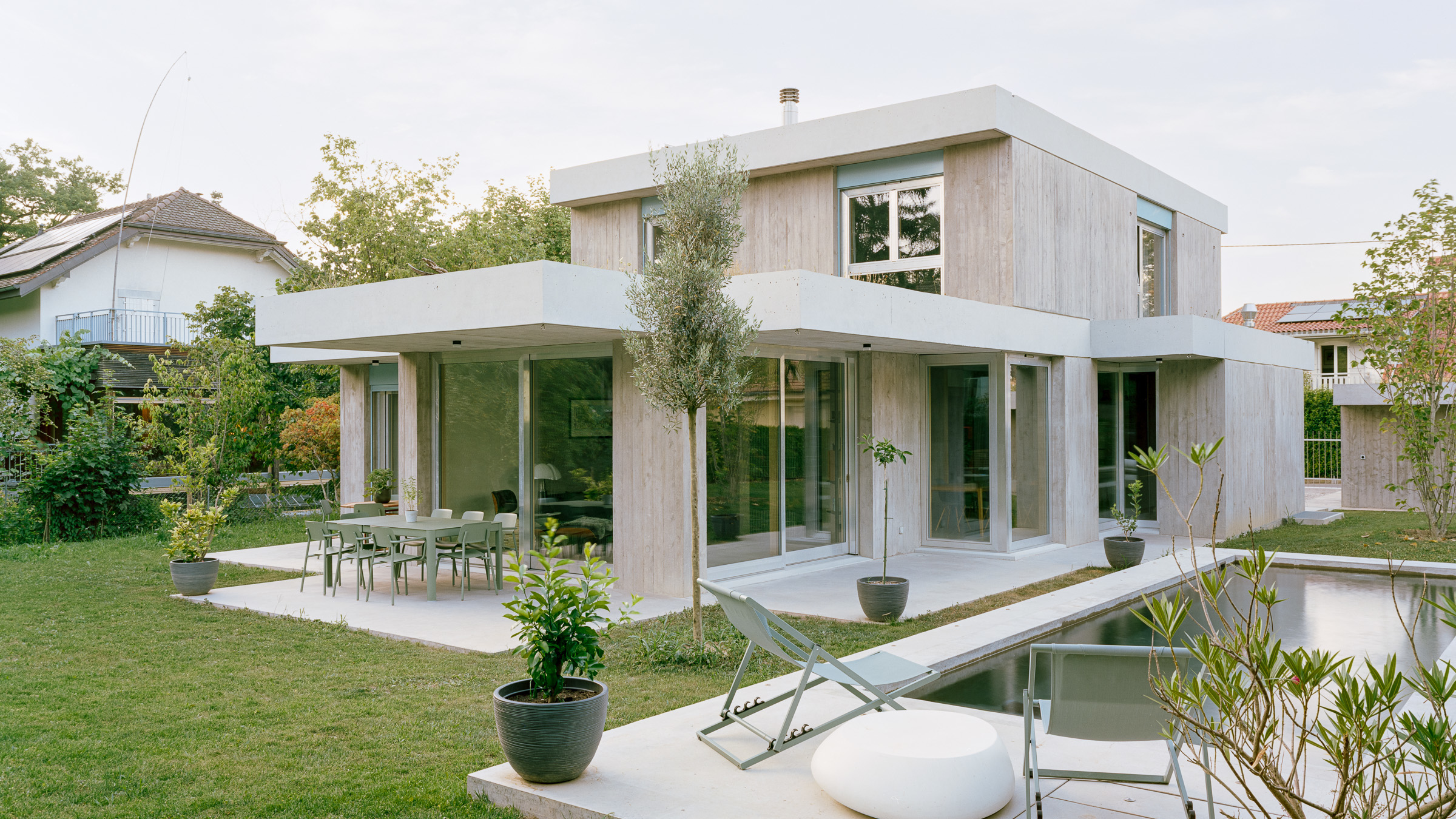 A neo-brutalist villa for an extended family elevates a Geneva suburb
A neo-brutalist villa for an extended family elevates a Geneva suburbLacroix Chessex Architectes pair cost-conscious concrete construction with rigorous details and spatial playfulness in this new villa near Geneva
-
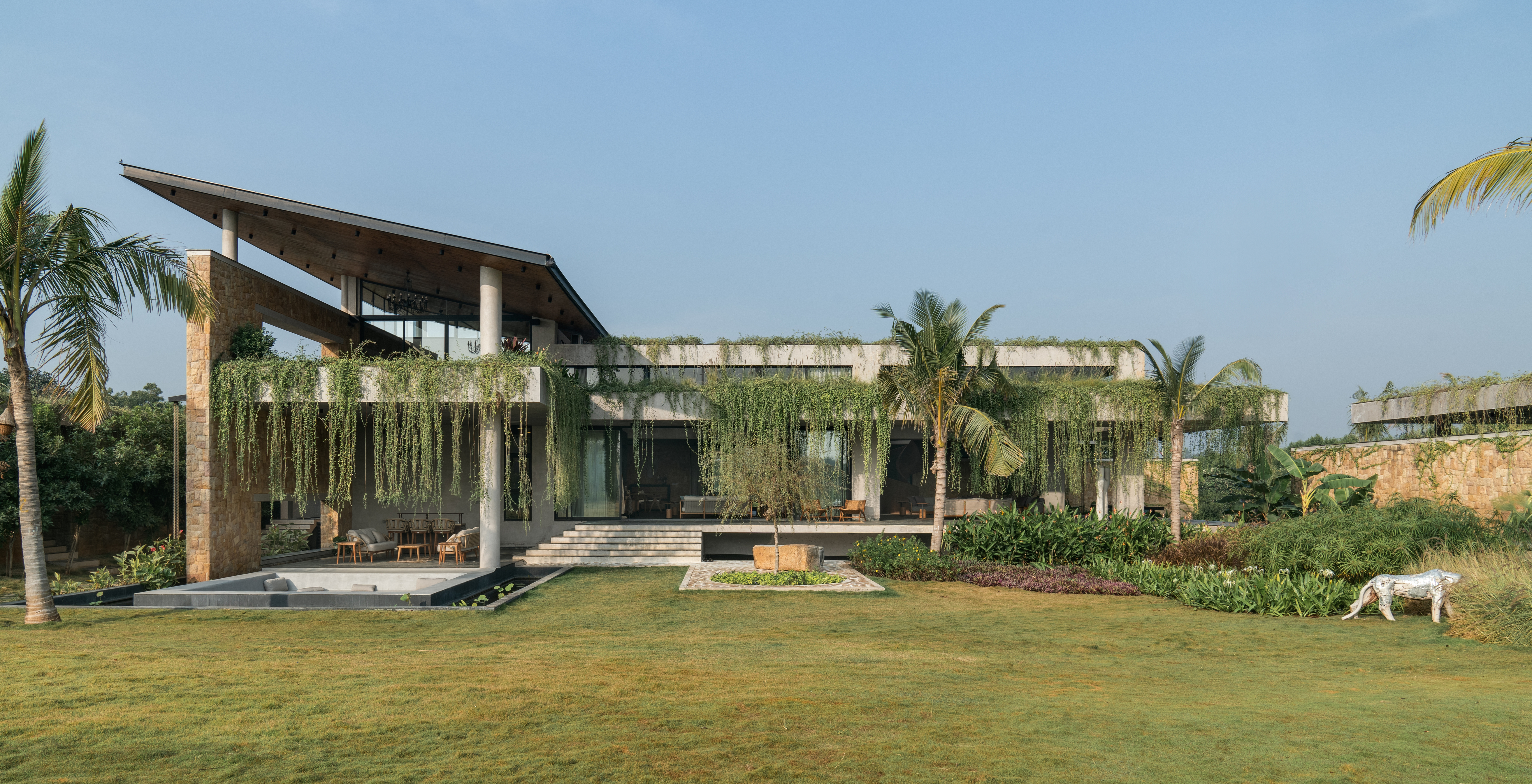 Cascading greenery softens the brutalist façade of this Hyderabad home
Cascading greenery softens the brutalist façade of this Hyderabad homeThe monolithic shell of this home evokes a familiar brutalist narrative, but designer 23 Degrees Design Shift softens the aesthetic by shrouding Antriya in lush planting
-
 Spice up the weekly shop at Mallorca’s brutalist supermarket
Spice up the weekly shop at Mallorca’s brutalist supermarketIn this brutalist supermarket, through the use of raw concrete, monolithic forms and modular elements, designer Minimal Studio hints at a critique of consumer culture
-
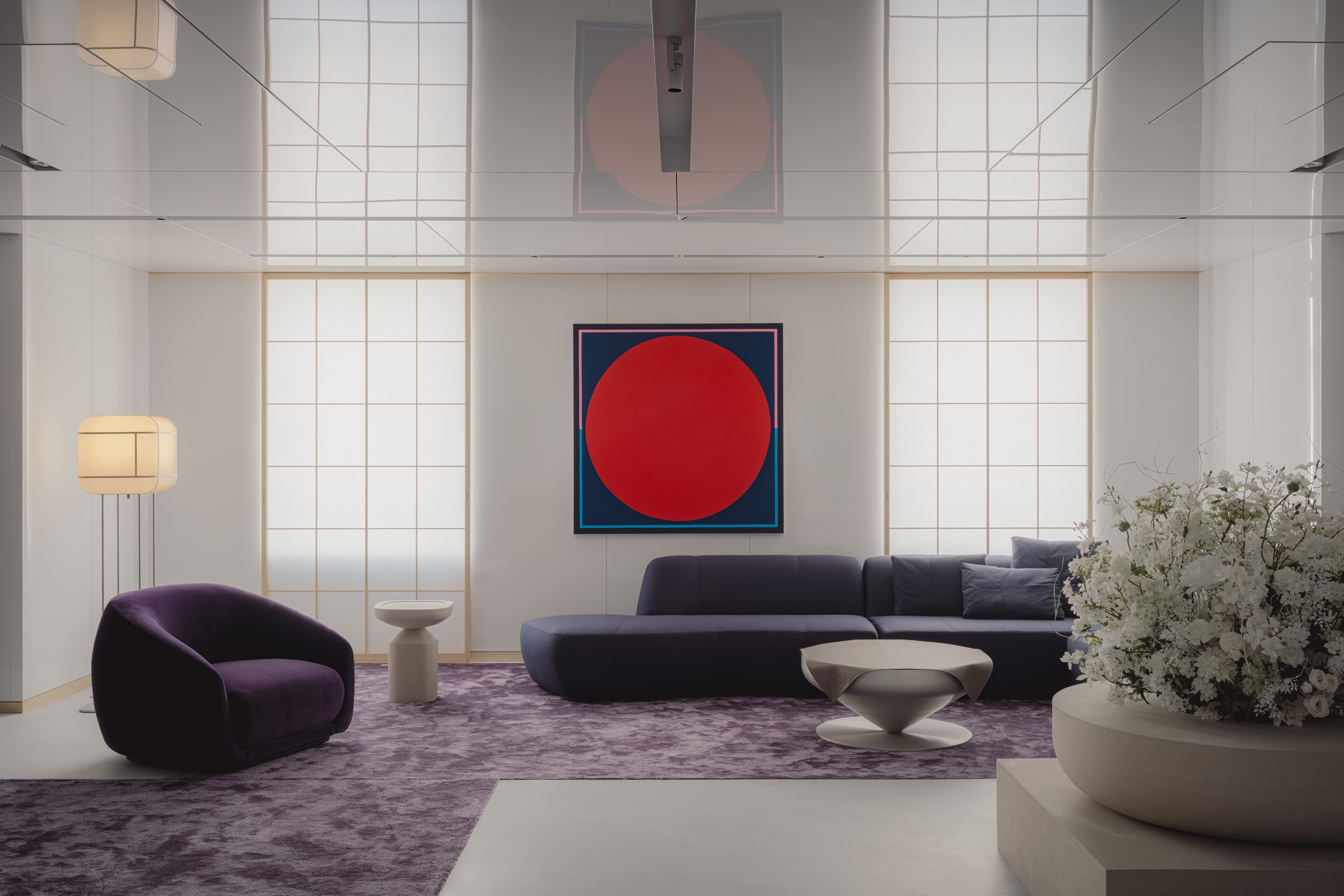 Matsuya Ginza lounge is a glossy haven at Tokyo’s century-old department store
Matsuya Ginza lounge is a glossy haven at Tokyo’s century-old department storeA new VIP lounge inside Tokyo’s Matsuya Ginza department store, designed by I-IN, balances modernity and elegance
-
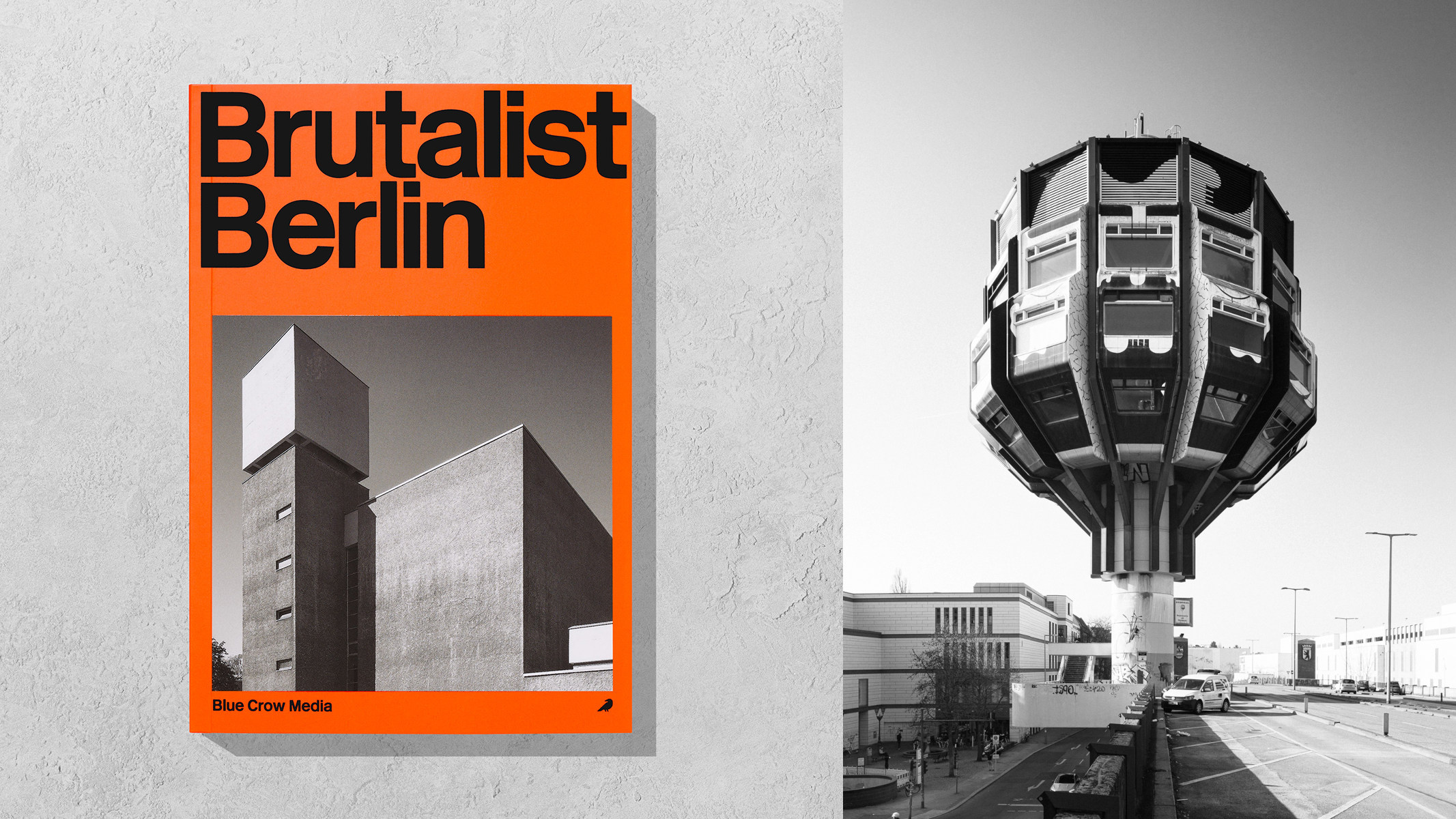 ‘Brutalist Berlin’ is an essential new guide for architectural tourists heading to the city
‘Brutalist Berlin’ is an essential new guide for architectural tourists heading to the cityBlue Crow Media’s ‘Brutalist Berlin’ unveils fifty of the German capital’s most significant concrete structures and places them in their historical context
-
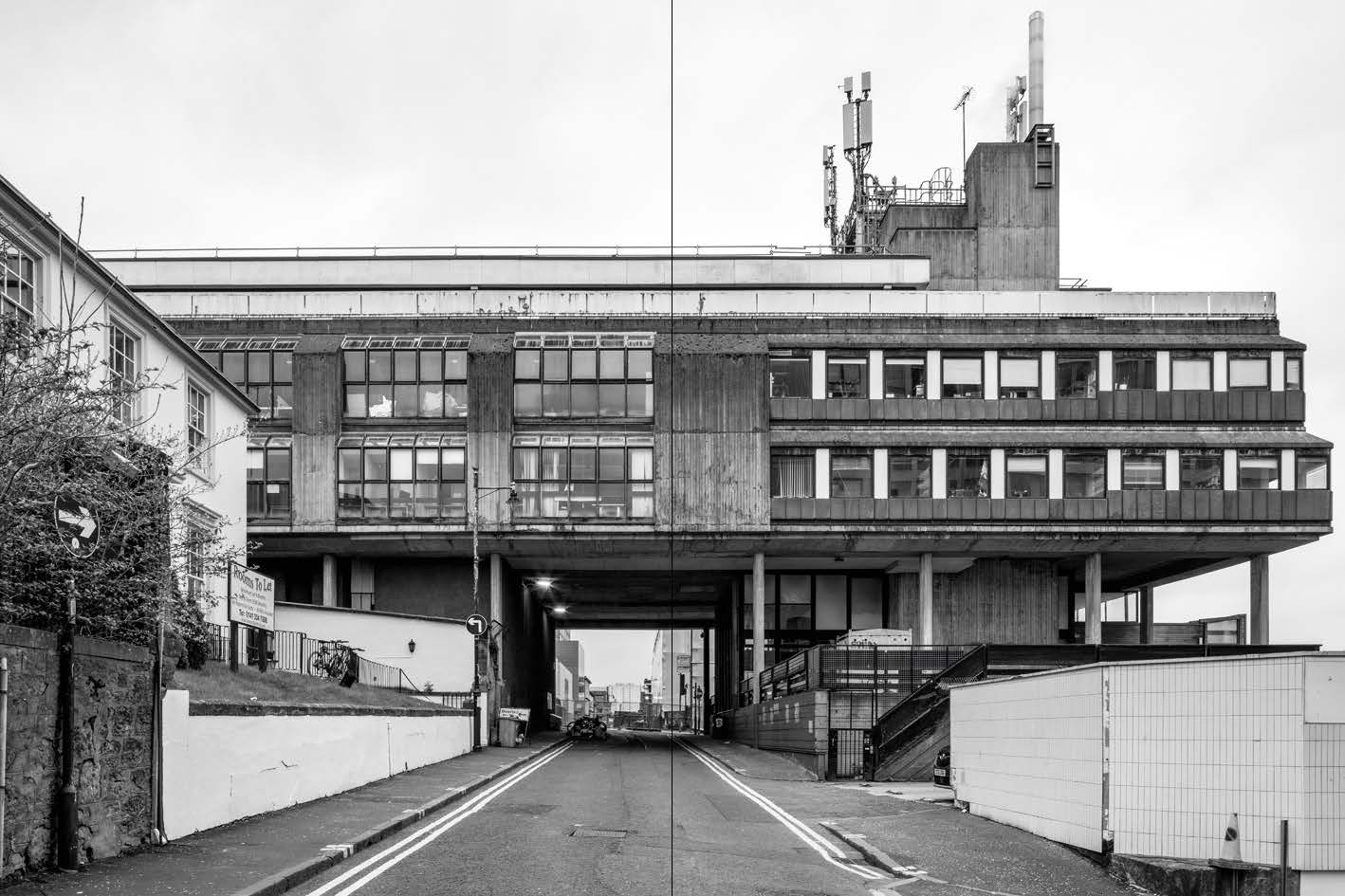 Celebrate the angular joys of 'Brutal Scotland', a new book from Simon Phipps
Celebrate the angular joys of 'Brutal Scotland', a new book from Simon Phipps'Brutal Scotland' chronicles one country’s relationship with concrete; is brutalism an architectural bogeyman or a monument to a lost era of aspirational community design?